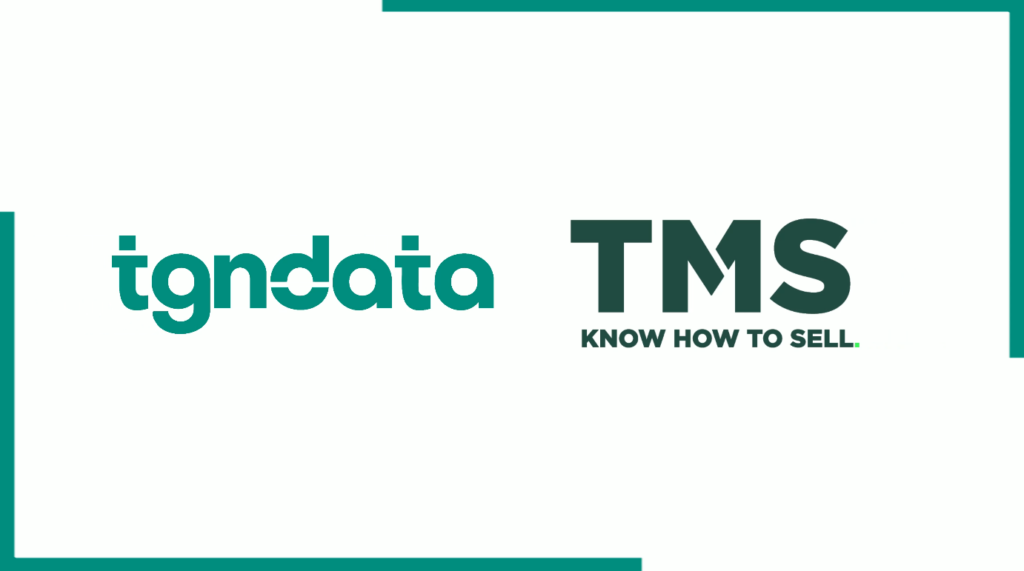Edit Content
Today’s digitally connected consumers are well-informed and often ‘value’ driven. As a result, these consumers follow a very predictable buying process that typically includes the following steps:
Problem recognition
The consumer recognizes that has an unfulfilled desire or need. For example, her/his T.V. has broken and will cost more to repair than to buy a new one.
Information search
The next step is to gather information relevant to their needs to solve the problem i.e. “Google, what’s a good, low-cost, 40-inch TV ?”
Evaluation
After spending a fair amount of time researching online, they evaluate the information based on needs, wants, preferences, and budget. They decide to narrow their choices down to 2 specific models based on brand, price, and required features.
Purchase
They made their choice and decide to buy, all that’s left is to decide which retailer is going to choose. Their final decision was based on price, availability, and the convenience of ordering.
In summary, consumers spend a good amount of time researching products and then spend a good amount of time looking for the ‘best’ place to buy.
If there is strong competition in a market, there tends to be a wide choice of who to buy from and competitor pricing plays a more significant factor in the buying process. Consumers don’t buy based purely on the lowest competitor’s price but today’s savvy consumers will certainly be aware of the range of prices available to them and what a good price looks like.
Retailers in competitive markets don’t have much leverage in terms of pricing power and not much scope to set prices above their competitors. Selling widely available products also makes it difficult to differentiate i.e. provide a compelling reason for the consumer to buy from you versus your competitors.
Benchmarking your prices against your competitor’s prices is an important first step to understanding your price positioning. Price positioning allows you to determine how your prices might affect your value proposition. It also helps you to highlight those competitors (and marketplaces) where your current pricing might need some adjustment in order for you to compete more effectively.
It’s not rocket science
If you’re in an industry with even one or two direct competitors it’s relatively straightforward to implement an effective competitor-based pricing strategy.
It’s easy to identify your key competitors and the market leaders in your category and then target them to benchmark your own pricing. Consumers have many choices and are generally willing to shop around to receive the best price. Matching or beating your competitor’s prices is a credible starting position.
Results can be immediate
Dropping prices below your competitor’s prices can have an immediate effect on your sales volume. This can be a credible and effective way to gain market share or acquire new customers and is often a tactic used in marketplaces such as Amazon.
Helps drive loyalty
Everyday low prices are a compelling value proposition. Creating a perception of low prices helps drive loyalty and keep customers coming back to you.
Competition-based pricing drives innovation
Price competition forces competitors to come up with innovative ways to reduce costs and add value. This is obviously a double-edged sword for retailers that look to find ways to differentiate themselves.
It’s very visible & easy to understand
Your customers are smarter and better informed than ever! They have access to all your prices and all your competitor prices so pricing today is very transparent, you need to be in the game.
Not enough on its own
Competitive prices will get you into the game but simply matching competitor prices may not be enough. Pricing your products correctly is the beginning, not an end in itself.
Everyone is doing it
Actually, this is not true. Most companies have a fairly ad-hoc and unstructured way of manually checking competitor prices. Very few are doing it properly.
It can be a race to the bottom
It’s not always possible to be the lowest or even match your competitor’s prices.
There’s no doubt that price is an important criterion for consumers. In a recent study, price rated highest on the list of criteria driving purchase preference and loyalty. However, we all appreciate price on its own is only one of the elements that influence the buying decision. The consumer buying process follows a predictable path that ends up with them making a decision based on needs, desires, preferences, and budget. For products that are in free supply, across a wide range of offline and online channels, retailers have to meet the price test just to get in the game. Therefore in order to have a chance of getting the order, you also need to meet a number of other buyer criteria e.g. product availability, prompt delivery, and convenience.
In conclusion, the value opportunity starts with price, without that all bets are off!
Based on our experience of working with retailers across a broad range of product categories, we’ve compiled a simple but effective step-by-step process for developing your competitor’s pricing strategy:
1. Identify your key products
First of all, don’t try to benchmark every product you sell but use the 80/20 rule – focus on the 20% of your products that generate 80% of your sales/profit.
2. Identify your key competitors
Same as step 1 – focus on the 20% of your competitors that compete most directly with your business.
3. Benchmark your prices, Competitors, Categories, Brands
For your top products and competitors, benchmark your prices. As well as looking at individual products you should also try to benchmark your pricing at a brand and category level to understand your competitive position relative to your most important brands and categories.
4. Set your pricing goals and key metrics
Once you begin to understand your competitive position you’ll be in a much better position to start thinking about developing your own pricing goals and begin measuring some key metrics against those pricing goals.
5. Monitor day-to-day AND historical trends
In addition to tracking day-to-day pricing, monitoring trends over time will help you gain better insight into your specific competitor’s pricing policies and tactics.
6. Develop business rules to automate your pricing decisions
Use your pricing data to set business rules that automatically respond to competitor price changes. For example: “Match any Amazon price for Panasonic brand when my products are in stock”
7. Leverage Price Tracking and Price Automation technology
We provide an all-inclusive solution (Price Intelligence, Insights & Dynamic Pricing) that can do all the ‘heavy lifting’ for you.
8. Automate & Integrate
Integrating your price intelligence data to your back-end content management/stock control / PPC/PLA systems delivers the highest ROI.
9. Discipline!
Developing a winning competitor price strategy requires discipline. It’s not a one-off activity that can be implemented and forgotten about. It requires a systematic approach that includes consistent monitoring of competitors and a consistent approach to price management.













Missing an important marketplace?
Send us your request to add it!